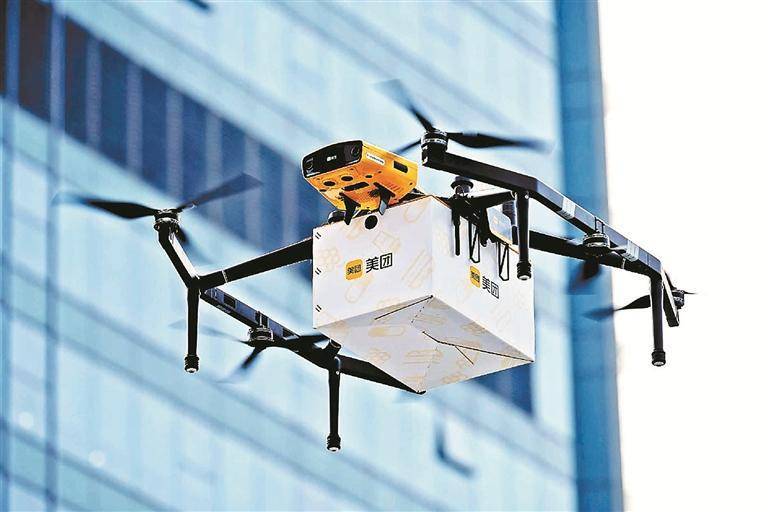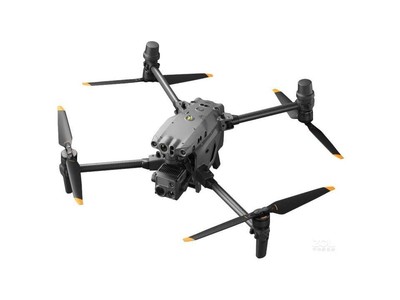The world of technology constantly amazes us with new advancements, and drone thermal camera innovations are a perfect example of such advancements. With the ability to capture thermal images from the sky, these cameras offer endless possibilities across various industries. The integration of thermal cameras with drones has opened new vistas, providing a unique perspective that was not possible before. The capabilities of these cameras go beyond mere observation; they are about revolutionizing how we perceive and interact with our environment.
Understanding the Basics of Drone Thermal Cameras
Drone thermal cameras utilize infrared technology to detect heat signatures from objects and surfaces. This technology is particularly beneficial in fields such as agriculture, construction, and search and rescue operations. The ability to recognize temperature variances helps identify issues that are invisible to the naked eye. For instance, in agriculture, thermal cameras can detect uneven crop growth or inadequate irrigation.
Applications in Various Industries

The benefits of drone thermal cameras extend across several domains:
- Search and Rescue: In rescue operations, thermal cameras can locate individuals in remote or disaster-stricken areas by detecting body heat, significantly speeding up the process of finding and rescuing those in distress.
- Agriculture: Thermal imaging helps monitor crop health, aiding in optimal resource allocation and improving yield quality.
- Construction: Contractors use thermal drones to detect heat leaks, inefficiencies in insulation, and other structural issues without physical inspection, saving both time and resources.
- Wildlife Monitoring: They provide non-invasive monitoring of wildlife, allowing researchers to study animal patterns without causing disturbance.
The Technological Advancements in Drone Thermal Cameras
With technological breakthroughs, today’s drone thermal cameras are becoming more affordable and accessible. Software advancements have enhanced the clarity and resolution of thermal images, delivering more precise and actionable intelligence. Additionally, these cameras now come with features like real-time data analysis, which enables users to make informed decisions swiftly.
As the technology continues to evolve, we anticipate further improvements in functionality and user interface, as well as reductions in size and weight, making these cameras more versatile and powerful.
The integration of artificial intelligence (AI) with drone thermal cameras is another exciting development. AI algorithms can process thermal data faster, identifying patterns and anomalies that would take longer for humans to discern manually. This synergy ensures quicker and more reliable insights, facilitating a proactive approach in various applications.
Addressing User Concerns and Safety
While the benefits are significant, it is essential to address potential concerns regarding privacy and regulatory compliance. Operators must adhere to established guidelines to ensure that drone flights do not infringe on personal privacy or violate airspace regulations. Moreover, with the right permissions and ethical use, drone thermal cameras can contribute positively without compromising security or privacy.
FAQ Section
Q1: How do drone thermal cameras work?
A1: They use infrared sensors to detect heat signatures, converting temperature differences into a detailed image that highlights discrepancies or phenomena which are otherwise invisible to us.
Q2: Are thermal cameras on drones safe for civilian use?

A2: Yes, they are safe when operated according to regulatory standards and privacy laws. Responsible use, including adherence to local regulations, ensures that these devices offer maximum benefits without any legal complications.
Q3: What are the limitations of drone thermal cameras?
A3: They can be affected by environmental factors like extreme weather, which may impact their accuracy. Additionally, thermal imaging provides temperature data but does not identify the composition or material properties.
In conclusion, drone thermal cameras represent a significant advancement in remote sensing technology, offering multifaceted benefits that are transforming industries. As technology progresses, so too will the opportunities they create, making the future of these devices incredibly promising.
